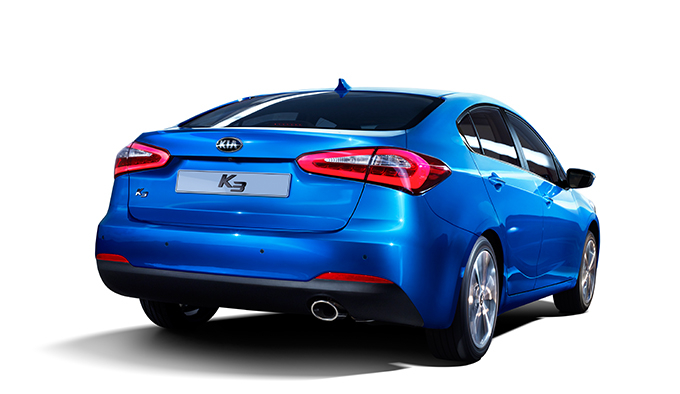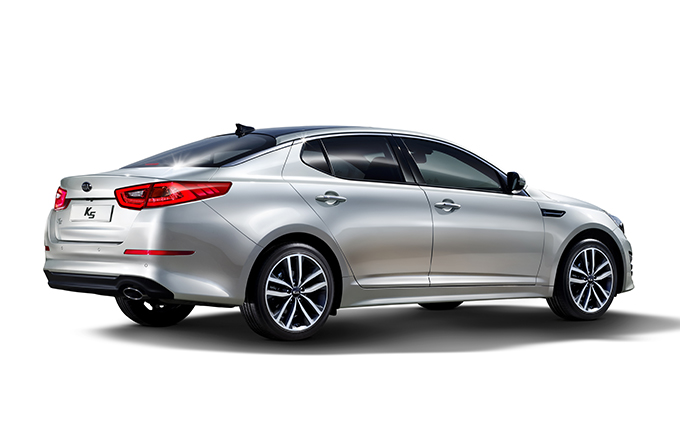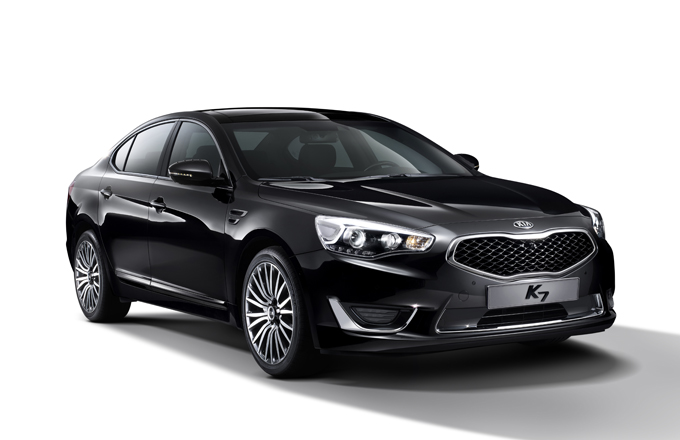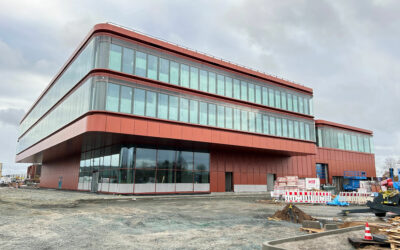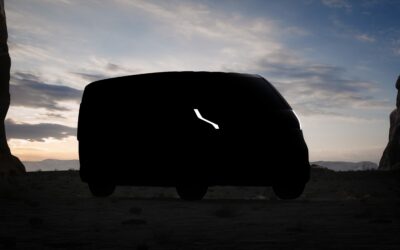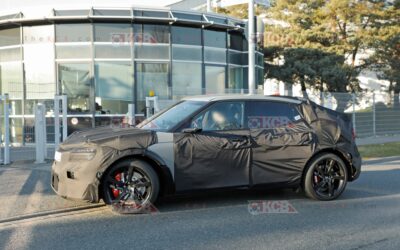Kia Motors Co. has been trapped in a growth dilemma as its popular K sedan series has suffered a setback in sales due to weak brand power and a lack of new models. What is of greater concern is that the sales drop has been affected by the robust sales of the counterpart models from Hyundai.
[ads id=”0″ style=”float:left;padding:5px;”]According to the company, domestic sales of K sedan series dropped in January by about 14 percent compared to the same month last year, a significant setback in trade. The sluggish sales of the K3, K5, K7 and K9 ― in order of engine sizes ― also led Kia to become the only local automaker to see a drop in its monthly sales.
In fact, the K series is a strategically important lineup, whose sales accounted for over 50 percent of the automaker’s total sales last year. The automaker sold 36,250 vehicles last year, with 19,338 of them in the K series.
By models, Kia sold 3,681 K3s, 4,000 K5s, 1,955 K7s and 300 K9s, down 8.1 percent, 2.6 percent, 27.5 percent and 40 percent, respectively, from a year earlier. Compared to the sales in December, the K3, K5 and K7 also saw a 23.2 percent, 31.7 percent and 18.2 percent drop. Only the K9 saw a 35.1 percent increase.
Market insiders attributed the disappointing sales of the K series to the fact that the automaker has failed to introduce their new generation models in recent years since their launch. But they also pointed out that Kia has weaker brand power than its major competitor and sister automaker Hyundai Motor, and that their product lineups overlap.
“Hyundai and Kia have enjoyed a dominant position in the local market and also competed with each other,” Park Young-ho, a senior analyst at KDB Daewoo Securities, said. “So it will always be challenging for Kia to increase its market share, as Hyundai has relatively strong brand power.”
[ads id=”0″ style=”float:left;padding:5px;”]Hyundai has popular sedan lineups including the Avante, Sonata, Grandeur and Genesis, whose target customers are almost exactly the same as those of the K series. In fact, the four models share engines and basic body frames with the K series.
To cope with this situation, Kia has started to offer installment-sales programs at extremely low interest rates. But sales of the K5 are expected to be hit hard because Hyundai will soon launch the all-new Sonata in March. In fact, sales of the K series have always been affected by Hyundai’s new models.
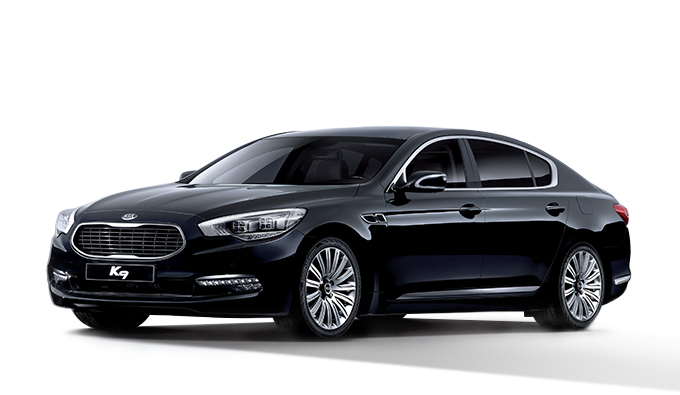
For instance, sales of the K9 have already dropped drastically since the launch of the new Genesis, which became a mega hit, selling 3,782, up 223.6 percent from a year earlier. The K7 hybrid K700h sold only 385, but the Grandeur Hybrid sold 1,156 in January, although they were launched around the same time last year.
The overlapping lineup between the two largest automakers has been a limit on growth for Kia since it was acquired by Hyundai in 1998. But Kia has made efforts to develop its own design identity since 2005, led by Peter Schreyer, who joined the firm in 2006 as chief design officer.
Under his leadership, Kia has developed the K series, which was completed in 2012 with the launch of the K3 compact after the automaker unveiled the first K series model _ the K7 sedan in November 2009.
When the K5 was launched in 2010, its sales surpassed Hyundai’s Sonata, showing the potential of the K series. But the ambitious project to complete the K series has failed to fully remove the “interference effect” from Hyundai’s vehicles.
Experts suggested that Kia should seek a new growth engine by differentiating itself from Hyundai. “If Kia fails to offer different values from Hyundai, it will keep losing competitiveness at home and abroad,” said Kim Pil-soo, an automotive studies professor at Daelim College.
Hyundai Motor Group should change its stance “to put Hyundai first” to create a synergy effect in the Hyundai and Kia alliance. “Newly-developed technologies and engines are always applied to vehicles from Hyundai and later to Kia vehicles, for example. This is always a handicap to Kia, which has weaker brand power than Hyundai,” he said.
Source: [KoreaTimes]

